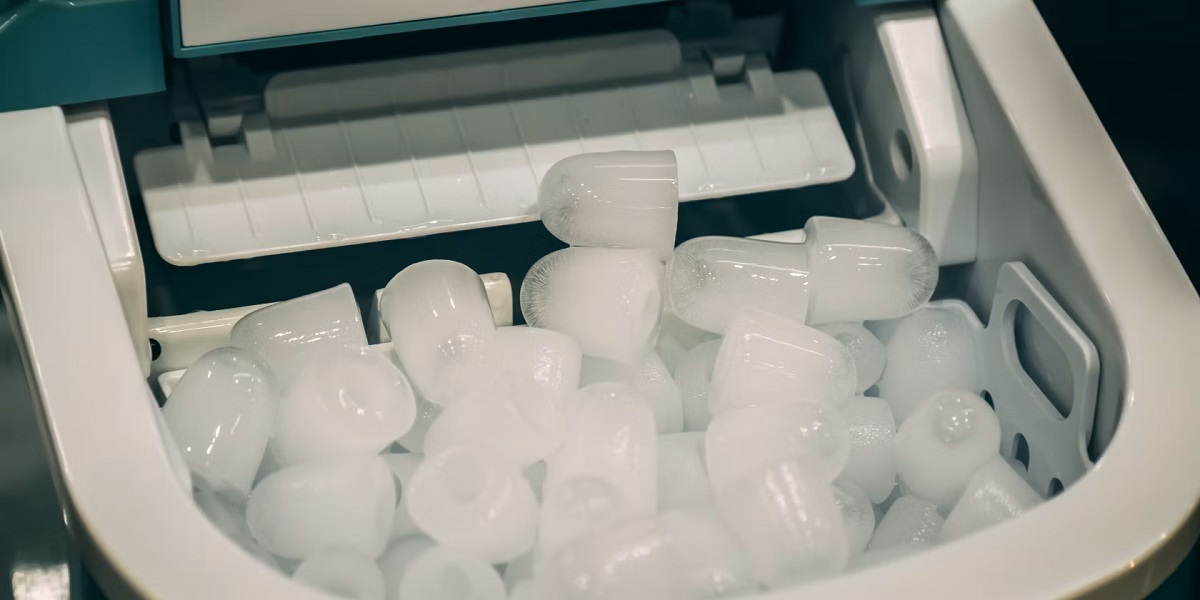

Articles
When Was The Ice Maker Invented
Modified: January 5, 2024
Learn the history of the ice maker invention in this informative article. Discover who invented it and when this revolutionary device was first created.
(Many of the links in this article redirect to a specific reviewed product. Your purchase of these products through affiliate links helps to generate commission for Storables.com, at no extra cost. Learn more)
Introduction
Ice is a common element in our daily lives, used for keeping drinks cold, preserving food, and adding a refreshing touch to our favorite beverages. But have you ever wondered when the ice maker was invented? From ancient techniques to modern innovations, the process of ice making has evolved significantly over the centuries. In this article, we will explore the history of ice makers, from the early techniques to the advanced machines we use today.
Before the invention of ice makers, people had to rely on nature to obtain ice. They would collect ice from frozen bodies of water during colder seasons and store it in ice houses or specially designed iceboxes to keep food and beverages cool. However, this method was not efficient or reliable, leading to the need for alternative ways to produce ice.
The first attempts at artificial ice making date back to ancient civilizations. The Egyptians, for example, would sprinkle water on the surface of shallow clay containers and leave them outside overnight. The next morning, they would find a layer of ice formed on top. This technique, known as the “evaporation method,” was a simple yet effective way to produce ice in small quantities.
However, it wasn’t until the early 19th century that significant advancements were made in the field of ice making. In 1805, an American physician named Oliver Evans invented the first refrigeration machine. Although Evans’ invention was primarily designed for air conditioning and not specifically for ice making, it laid the foundation for future developments in refrigeration technology.
The breakthrough in ice making came in 1851 when an American physician and inventor named John Gorrie obtained the first patent for a mechanical ice machine. Gorrie’s invention used compression and expansion of air to cool water, resulting in the production of ice. However, due to financial constraints and lack of public interest, his invention was not widely adopted during his lifetime.
The real transformation in ice making occurred with the introduction of electric power in the late 19th century. The invention of the electric motor paved the way for more efficient and reliable ice production. In 1880, a German engineer named Carl von Linde developed the first practical refrigerator using a vapor compression refrigeration system. This system allowed for the mass production of ice and the rapid expansion of the ice industry.
With the development of commercial ice making machines, the ice industry experienced a boom in the early 20th century. These machines were capable of producing large quantities of ice, which were then distributed to various industries, including fishing, food processing, and breweries. The demand for ice grew rapidly, leading to the establishment of numerous ice manufacturing companies around the world.
Key Takeaways:
- The invention of ice makers revolutionized food preservation, transformed the food and beverage industry, and advanced medical research, ultimately enhancing our quality of life and contributing to economic growth and innovation.
- From ancient techniques to modern innovations, the journey of ice maker inventions has provided us with a valuable resource that we often take for granted, ensuring that the ice we crave is always within reach.
Read more: Who Invented The Ice Cream Machine
Early Techniques of Ice Making
Before the invention of modern ice makers, humans relied on various techniques to make ice. One such technique was known as the “evaporation method” which was used by ancient civilizations, including the Egyptians. This method involved spreading a thin layer of water on the surface of shallow clay containers and leaving them outside overnight. The water would gradually evaporate, and the remaining liquid would freeze, forming a layer of ice on top. While this method was simple, it was only suitable for producing small quantities of ice.
Another early technique used for ice making was the “cold dip” method. This method involved immersing containers filled with water into chilled brine or salty water. The principle behind this technique was that when the containers were immersed in the cold brine, the low temperature of the liquid would cause the water inside the containers to freeze. Although this technique allowed for larger quantities of ice to be produced compared to the evaporation method, it was still a labor-intensive process.
In the early 19th century, a technique called “natural ice harvesting” became popular. This technique involved cutting large blocks of ice from frozen bodies of water, such as lakes and rivers, during winter months. The ice blocks would be carefully stored in ice houses or iceboxes insulated with materials like straw or sawdust to prevent melting. This method allowed for the storage and transportation of ice throughout the year, ensuring a supply of ice during the warmer months.
While these early techniques were useful for producing ice, they had several limitations. They relied heavily on natural resources such as freezing temperatures and frozen bodies of water, making ice production heavily dependent on seasonal conditions. Additionally, the quality and cleanliness of the ice produced were not consistent, as it could be contaminated by pollutants or natural impurities present in the water source.
Despite these limitations, the early techniques of ice making laid the groundwork for future innovations in the field. They provided valuable insights into the principles of freezing and the preservation of cold temperatures. These early experiments and discoveries eventually led to the development of more efficient and reliable ice making methods, bringing about a revolution in the world of refrigeration and ice production.
The First Patent for Ice Makers
In the mid-19th century, the invention of the ice maker took a significant leap forward with the granting of the first patent for a mechanical ice machine. This groundbreaking invention paved the way for the future development of ice making technologies.
The credit for the first patent for an ice machine goes to an American physician named John Gorrie. In 1842, Gorrie obtained a patent for his invention known as the “refrigeration machine”. His machine used compression and expansion of air to cool water, resulting in the formation of ice. Gorrie’s primary motivation for creating this device was to provide relief to patients suffering from diseases like yellow fever, who needed to be kept cool to alleviate their symptoms.
Gorrie’s refrigeration machine consisted of a compressor, a condenser, and an evaporator. The machine compressed air, which was then forced through a coil to remove heat and lower the temperature. The cooled air was then directed into a container of water, causing it to freeze and form ice. This invention laid the foundation for future inventions in refrigeration and ice making.
Despite the potential applications and benefits of Gorrie’s refrigeration machine, the invention faced many obstacles during its time. Financial difficulties, lack of support, and the skepticism of the medical community prevented Gorrie from commercializing his invention successfully. He couldn’t garner enough interest and financial backing to bring his machine into widespread use, resulting in it largely being forgotten in his lifetime.
However, Gorrie’s invention set the stage for further advancements in the field of ice making. His concept of using compression and expansion of air to generate cooling laid the groundwork for future inventors and engineers to refine and improve upon his initial design.
As time progressed, other inventors built upon Gorrie’s ideas and developed more efficient and practical ice making machines. These inventions marked the beginning of a new era in the ice industry, enabling mass production of ice and transforming the way people obtained and used this precious resource.
The first patent for an ice maker was a crucial milestone in the history of refrigeration and ice production. It demonstrated the potential for mechanical methods to create ice, driving further research and innovation in the field. Without Gorrie’s pioneering work, the modern ice makers we take for granted today might never have come to fruition.
The Impact of Refrigeration Inventions
The invention of refrigeration technologies has had a profound impact on various aspects of human life. From preserving perishable goods to revolutionizing the food and beverage industry, refrigeration inventions have transformed the way we live and work.
Prior to the advent of modern refrigeration, the preservation of food was a significant challenge. Perishable items, such as meat, dairy products, and fruits, would spoil quickly in warm temperatures, leading to food waste and health risks. The introduction of refrigeration technologies revolutionized this process by providing a means to keep food fresh for extended periods.
Refrigeration inventions had a substantial impact on the food industry. With the ability to store and transport perishable goods over long distances, the scope of the food market expanded significantly. Farmers, producers, and retailers were able to reach a broader customer base, contributing to increased availability and variety of food products. This innovation also played a crucial role in reducing food waste and improving food safety standards.
Furthermore, the use of refrigeration in the beverage industry brought about significant changes. Cold drinks became more accessible and enjoyable, leading to the growth of the soft drink and brewery industries. Refrigeration also enabled the production of ice-cold beverages, such as chilled water, soda, and beer, which became popular choices for quenching thirst and refreshing the body.
In addition to its impact on the food and beverage industries, refrigeration has made a significant difference in the medical field. The ability to store medicines, vaccines, and biological samples at low temperatures has greatly enhanced medical research and healthcare. Vaccines and blood products can be transported and stored safely, extending their shelf life and ensuring their potency. This has been instrumental in the prevention and treatment of diseases globally.
Refrigeration inventions have also influenced the development of other industries, such as pharmaceuticals, chemicals, and electronics. Many manufacturing processes require precise temperature control, and refrigeration technologies provide the necessary cooling capabilities. These industries rely on refrigeration for storing raw materials, manufacturing intermediate products, and preserving finished goods.
Overall, the impact of refrigeration inventions cannot be overstated. They have revolutionized the way we store and preserve perishable goods, transformed the food and beverage industry, advanced medical research and healthcare, and enabled the development of various other industrial sectors. The ability to control temperature and create ice through refrigeration technologies has become an essential part of our daily lives, enhancing our quality of life and contributing to economic growth and innovation.
The first known ice maker was invented by John Gorrie in 1844, who used it to produce ice for his patients in a Florida hospital.
Commercial Ice Making Machines
Commercial ice making machines have played a crucial role in meeting the growing demand for ice in various industries. These machines are capable of producing ice in large quantities and have revolutionized the way businesses operate. Let’s explore the different types of commercial ice making machines and their impact.
One common type of commercial ice maker is the modular ice machine. These machines are designed to produce ice in separate modules that can be combined to create a larger ice production system. Modular ice machines offer flexibility in terms of capacity and are ideal for businesses that require variable ice production levels. They are commonly used in restaurants, hotels, and bars, where ice is needed for beverages, food preservation, and icing down seafood displays.
Another type of commercial ice maker is the cuber machine. These machines produce ice in the form of cubes, which are commonly used in restaurants, fast food chains, and convenience stores. Cuber machines can produce large quantities of ice quickly and efficiently. The ice cubes produced are uniform in size and shape, making them ideal for beverages and retail displays.
Flake ice machines are also commonly found in commercial settings. These machines produce small, irregularly shaped ice flakes that are perfect for various applications. Flake ice is popular in the seafood industry for retail displays and transportation, as it maintains the freshness and appealing presentation of the products. It is also widely used in healthcare facilities for therapeutic purposes, and in the catering industry for preserving and presenting food.
Nugget ice machines are another type of commercial ice maker that produces a unique type of ice. Nugget ice is soft and chewable, making it a favorite for beverages and cocktails. It is commonly used in fast food restaurants, convenience stores, and healthcare facilities. Nugget ice machines are designed to produce ice that is a combination of small ice flakes and larger ice nuggets, providing a versatile option for various applications.
Commercial ice making machines have provided businesses with a reliable and efficient way to meet their ice production needs. These machines are typically equipped with advanced features such as automatic water filling, built-in water filtration systems, and energy-saving options. They also often have a self-cleaning function to ensure hygiene and prevent ice contamination.
In addition to their usability features, commercial ice making machines have become more energy-efficient over time. Improved insulation, refrigeration systems, and intelligent control systems help reduce energy consumption and lower operating costs for businesses.
From restaurants and hotels to healthcare facilities and fish markets, commercial ice making machines have become an essential part of countless businesses. Their ability to produce large quantities of ice efficiently and reliably has revolutionized various industries, providing a vital resource for food preservation, beverage service, and retail displays. With ongoing advancements in technology, we can expect even more innovative and efficient commercial ice making machines in the future.
Read more: Ice Maker Says Full When Empty
Domestic Ice Makers
Gone are the days when having ice in your home was a luxury limited to the rich or those with access to commercial ice machines. Domestic ice makers have become increasingly popular, making it convenient for individuals and families to enjoy ice at any time. Let’s take a closer look at domestic ice makers and their impact on our daily lives.
Domestic ice makers are compact and user-friendly appliances designed for home use. These machines are typically countertop or under-counter models that can fit seamlessly into kitchen or bar setups. They provide a convenient and efficient way of producing ice without the need for traditional ice cube trays or relying on store-bought ice bags.
One of the primary benefits of domestic ice makers is their convenience. With a domestic ice maker, you can quickly and easily produce ice whenever you need it, whether it’s for a refreshing drink, entertaining guests, or preserving food. No more running to the store last minute or dealing with messy ice cube trays. It’s as simple as filling the machine with water, selecting the desired ice size, and waiting for the ice to be produced.
Domestic ice makers come in various sizes and capacities to accommodate different household needs. Some models can produce several pounds of ice per day, ensuring a constant supply of ice for you and your family. They also offer different ice cube size options, allowing you to adjust based on your preferences or specific uses such as cocktails or smoothies.
These ice makers are equipped with features that enhance usability and functionality. Many models have automatic shut-off mechanisms that stop ice production when the ice bin is full, preventing overflow. They may also have built-in water filters to ensure that the ice produced is clean and free from impurities. Some advanced models even have smart features, allowing you to control the ice maker remotely through smartphone apps or voice commands.
In addition to their convenience, domestic ice makers contribute to energy savings. These machines are designed to be energy-efficient, utilizing efficient insulation and refrigeration systems to minimize energy consumption. This not only helps lower your household’s energy bills but also reduces your environmental footprint.
Domestic ice makers have become a valuable addition to homes, enhancing our daily lives in various ways. They offer convenience, efficiency, and reliability when it comes to producing ice. Whether you’re hosting a gathering, enjoying a cold beverage, or need ice for specific purposes like soothing minor injuries or preserving groceries, a domestic ice maker ensures that you have ice readily available, whenever you need it.
As technology continues to advance, we can expect further improvements in domestic ice makers, including enhanced energy efficiency, faster ice production, and more innovative features. These appliances have become an integral part of modern homes, bringing the luxury of ice production right to our fingertips.
Modern Ice Makers
Modern ice makers have come a long way from the early days of ice harvesting and natural ice preservation. With advancements in technology and engineering, ice making has become more efficient, versatile, and user-friendly. Let’s explore the features and benefits of modern ice makers that have transformed the way we produce and use ice.
One of the key features of modern ice makers is their speed and efficiency. These machines are capable of producing ice in a significantly shorter amount of time compared to previous generations. With powerful refrigeration systems and improved insulation, modern ice makers can rapidly freeze water and produce ice cubes or flakes in just a matter of minutes. This is particularly useful in settings where ice is needed in high volumes, such as restaurants, bars, and catering services.
Another notable feature of modern ice makers is their adaptability. These machines offer a range of settings and options to cater to different needs. Whether you prefer small, medium, or large ice cubes, or you require a specific ice shape like nuggets or flakes, modern ice makers can accommodate your preferences. Some models even have adjustable ice thickness settings, allowing you to customize the ice production to suit your specific requirements.
Modern ice makers also prioritize convenience and user-friendliness. Many models are equipped with intuitive control panels, making it easy to operate and adjust settings. Automatic features, such as self-cleaning functions and automatic ice level detection, further simplify the process. Some machines even have smart connectivity options, allowing you to monitor and control the ice maker remotely using smartphone apps or voice commands.
Energy efficiency is another area where modern ice makers excel. With a greater emphasis on sustainability and energy conservation, manufacturers have implemented innovative technologies to reduce power consumption. Advanced insulation materials, efficient cooling systems, and LED lighting contribute to lower energy usage, helping to save both costs and the environment.
Modern ice makers also prioritize hygiene and cleanliness. Many models feature built-in water filtration systems to ensure that the ice produced is free from impurities and contaminants. Some machines even have antimicrobial treatments on key components to inhibit the growth of bacteria. These measures help maintain the quality and safety of the ice, providing peace of mind for users.
Furthermore, modern ice makers excel in their overall design and aesthetics. Sleek and stylish models are available to complement any kitchen or bar setup, blending seamlessly with the surrounding decor. Compact sizes and built-in options allow for easy installation and integration into existing cabinets or counters, maximizing space efficiency.
Overall, modern ice makers have revolutionized the way we produce and use ice. With their speed, efficiency, versatility, convenience, and energy-saving features, these machines have become indispensable in various settings, from commercial establishments to residential kitchens. As technology continues to evolve, we can expect further advancements in ice maker design and functionality, ensuring that we always have a plentiful supply of ice to meet our cooling and entertaining needs.
Conclusion
The invention and evolution of ice makers have had a profound impact on our lives, transforming the way we produce, store, and use ice. From ancient techniques of ice making to modern innovations, the journey has been filled with ingenuity, advancements in technology, and a commitment to convenience and efficiency.
Early techniques, such as the evaporation method and natural ice harvesting, laid the foundation for future developments. With the granting of the first patent for an ice machine to John Gorrie, mechanical ice making technology took a significant leap forward. Gorrie’s invention set the stage for improvements and paved the way for the mass production of ice.
The impact of refrigeration inventions cannot be understated. They revolutionized the food and beverage industry, allowing for the safe storage and transportation of perishable goods. Refrigeration also played a vital role in healthcare by preserving medicines and vaccines, ultimately saving countless lives. Moreover, refrigeration technologies found applications in various industries, including pharmaceuticals, chemicals, and electronics.
Commercial ice making machines have been instrumental in meeting the demand for ice in industries such as hospitality, food processing, and healthcare. These machines have redefined ice production capacity and efficiency, enabling businesses to function smoothly and cater to the needs of their customers.
Not to be left behind, domestic ice makers have become increasingly popular in households. They provide convenient and efficient ice production, eliminating the need for traditional ice cube trays or purchasing ice from stores. Domestic ice makers have made it possible for individuals and families to enjoy ice at any time, enhancing the quality of home life and entertaining experiences.
Modern ice makers continue to push the boundaries of what is possible. With their speed, adaptability, energy efficiency, and user-friendly features, these machines have become integral parts of commercial establishments and residential kitchens alike. They offer customizable ice shapes and sizes, smart connectivity options, and advanced hygiene measures to ensure a seamless ice-making experience.
In conclusion, the journey of ice maker inventions and innovations has provided us with a valuable resource that we often take for granted. Ice makers have revolutionized food preservation, transformed the food and beverage industry, advanced medical research, and brought convenience and enjoyment to our homes. As technology continues to evolve, we can expect further advancements in ice maker design, efficiency, and functionality, ensuring that the ice we crave is always within reach.
Frequently Asked Questions about When Was The Ice Maker Invented
Was this page helpful?
At Storables.com, we guarantee accurate and reliable information. Our content, validated by Expert Board Contributors, is crafted following stringent Editorial Policies. We're committed to providing you with well-researched, expert-backed insights for all your informational needs.
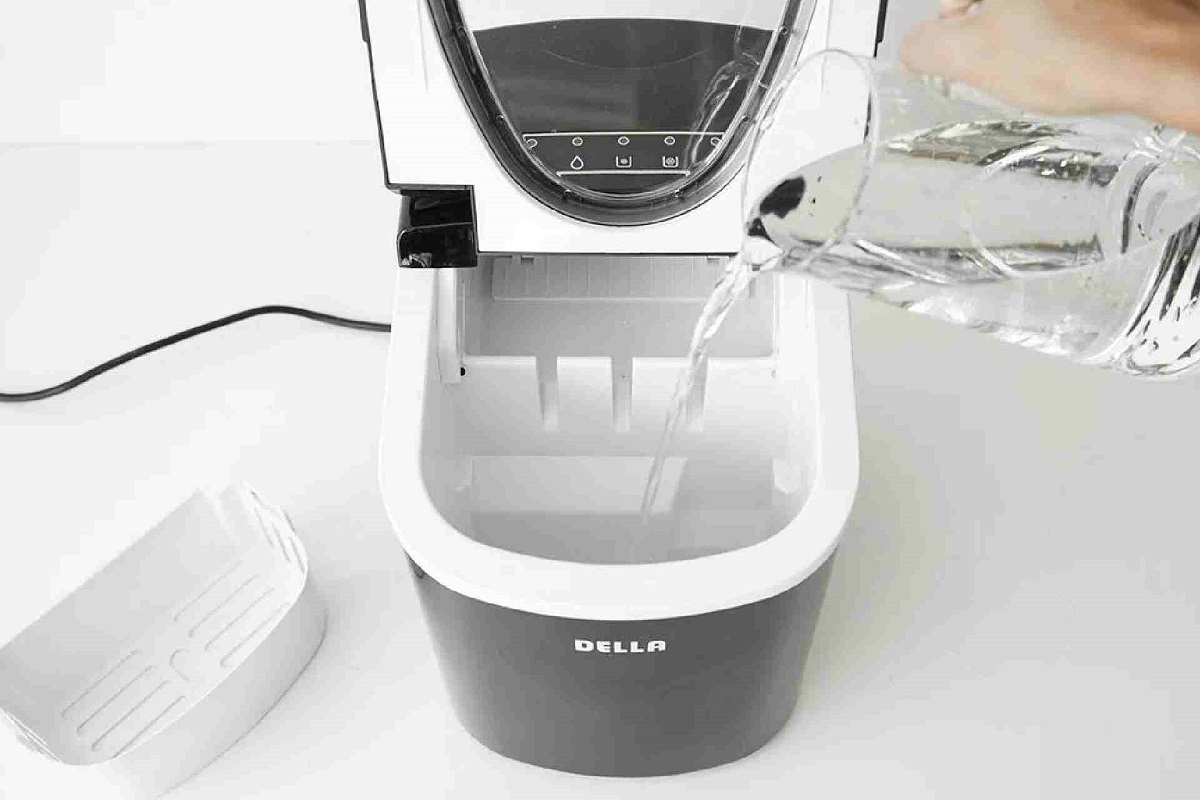
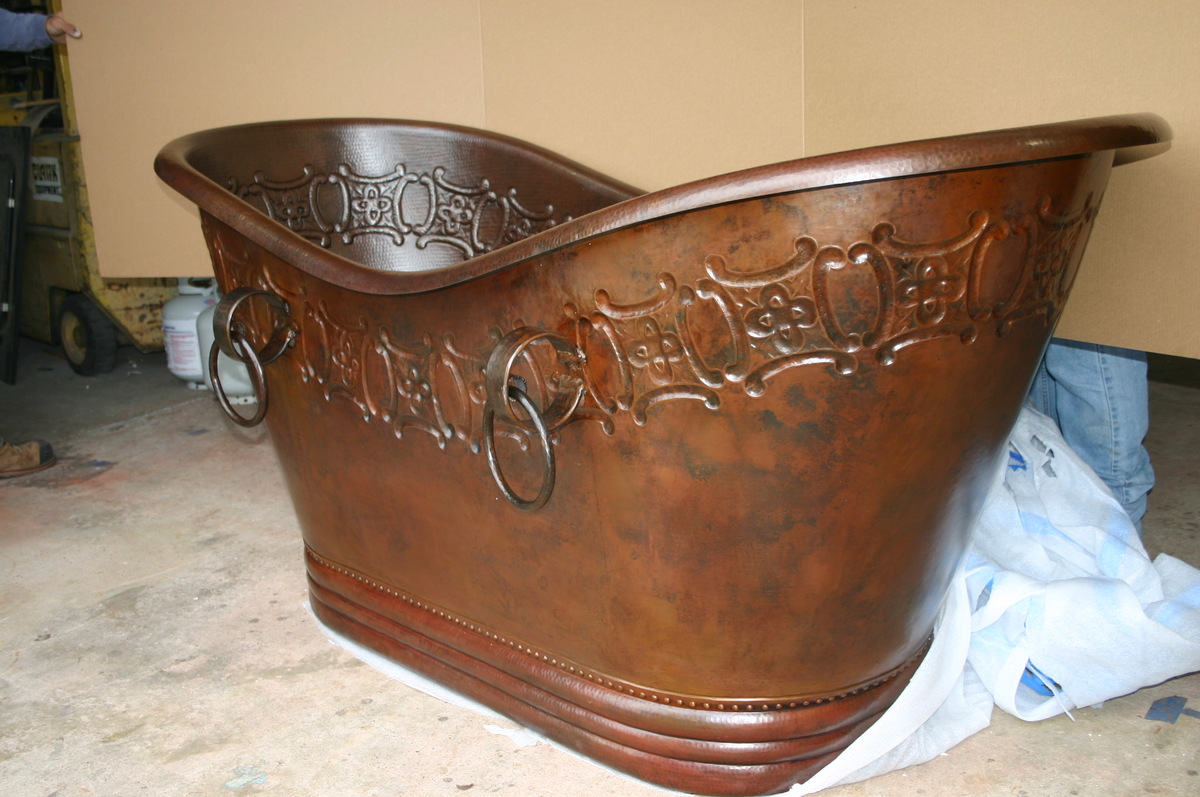


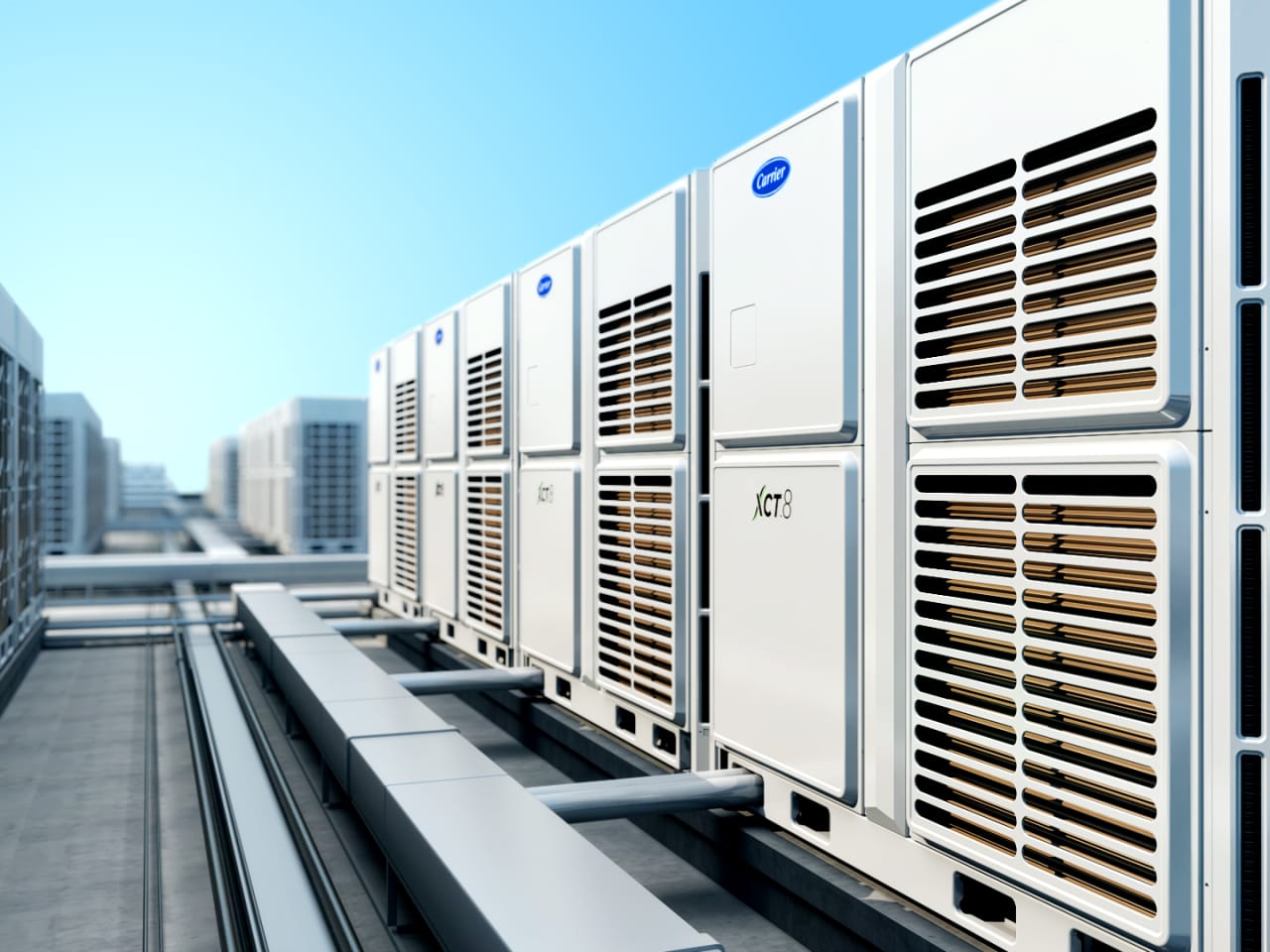
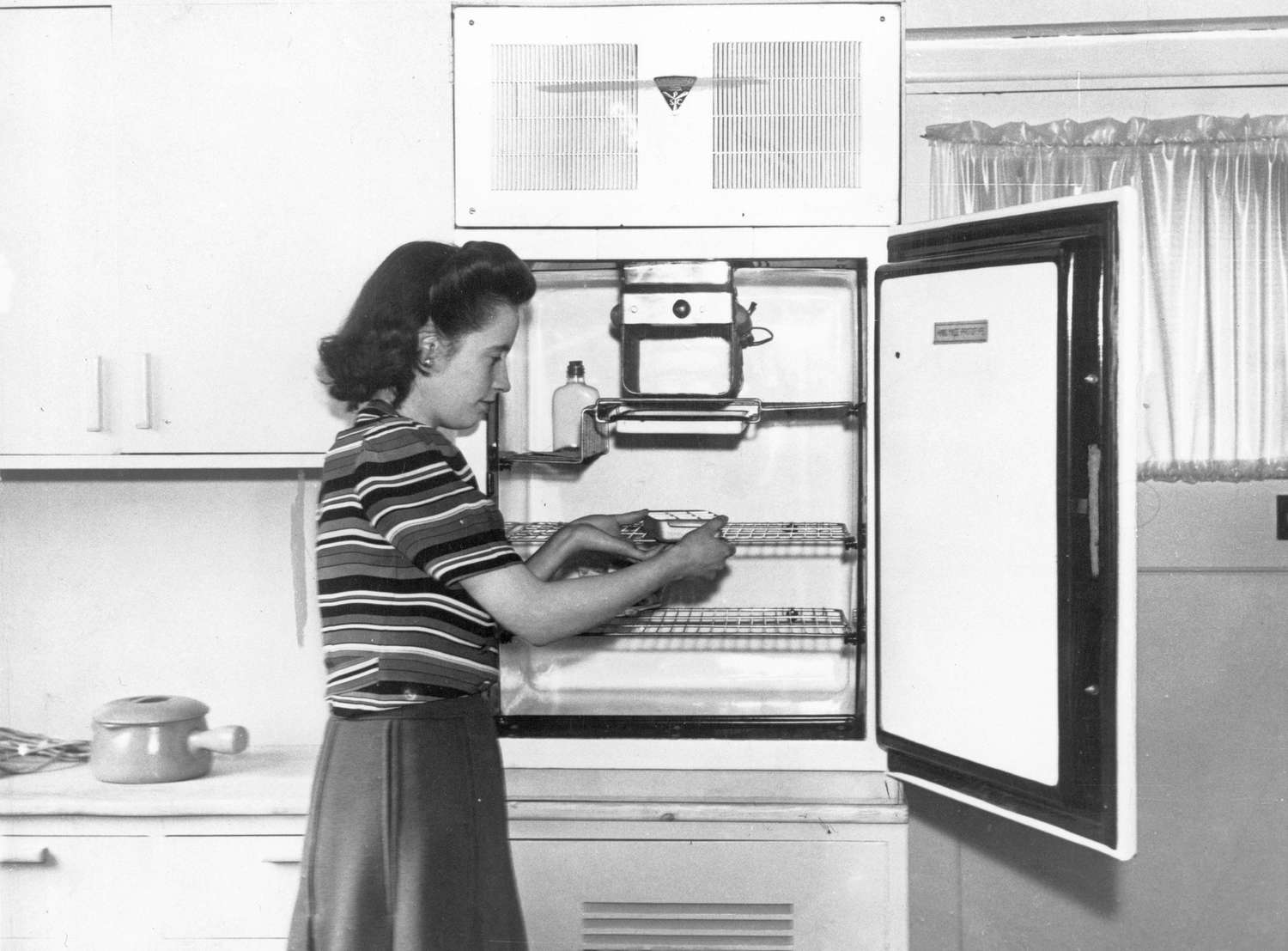





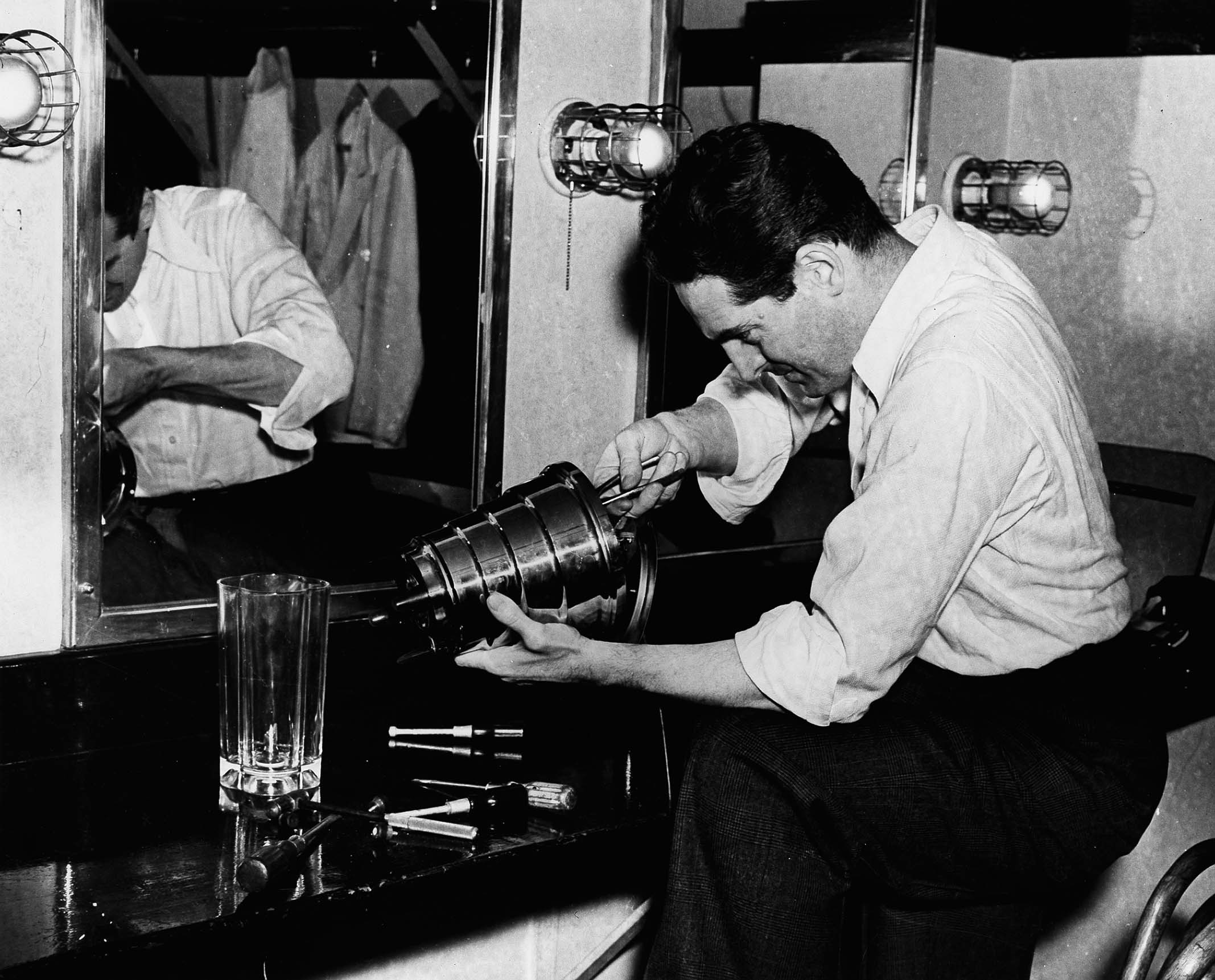

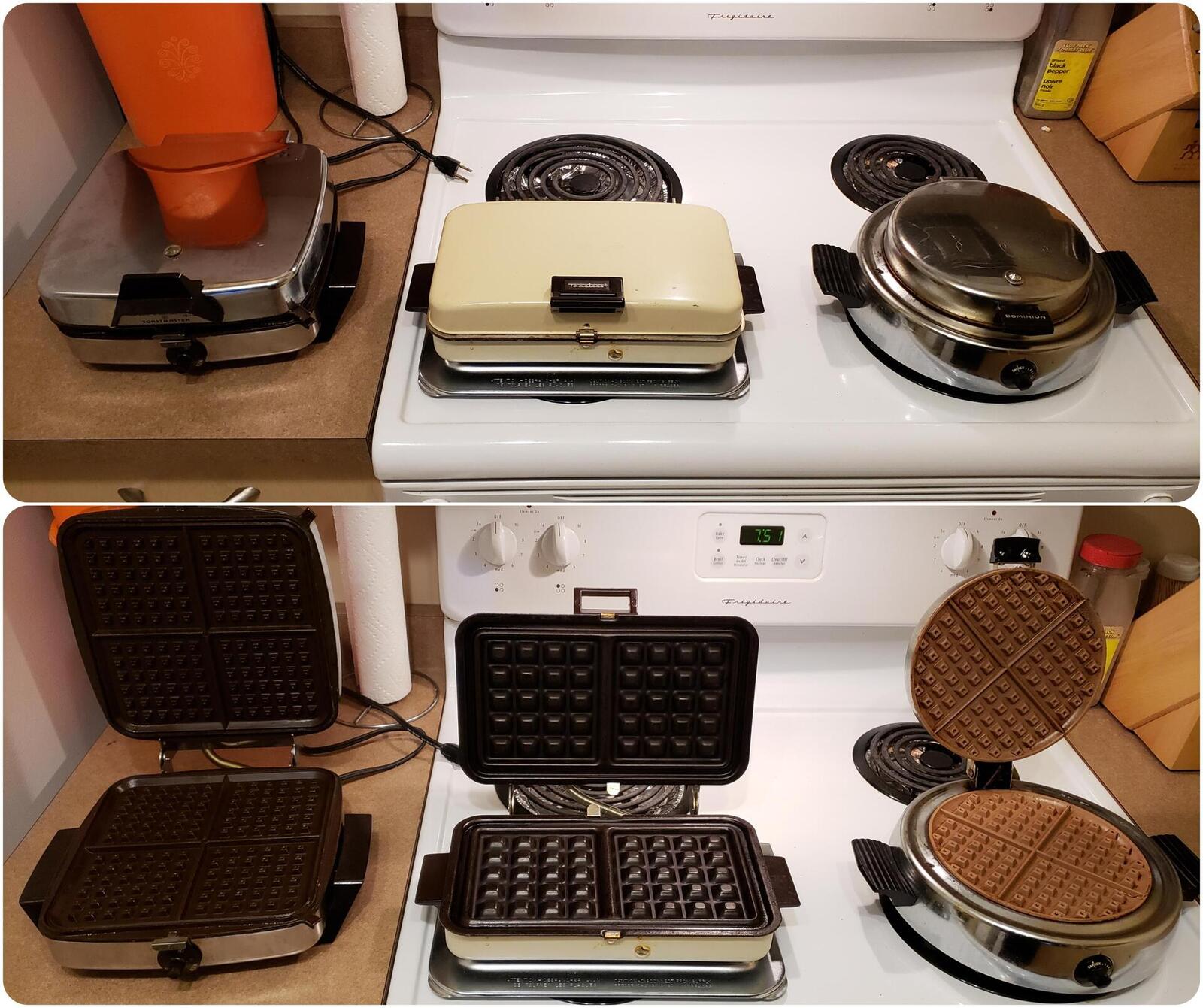

0 thoughts on “When Was The Ice Maker Invented”